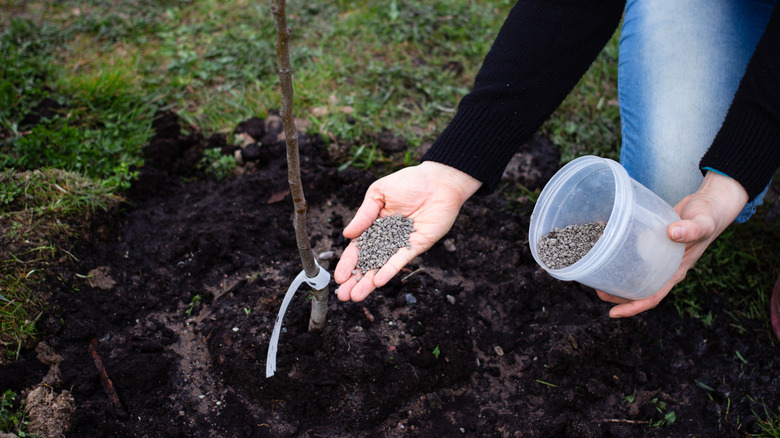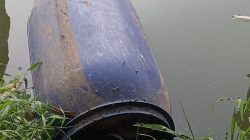The Importance of Proper Lawn Fertilization
A well-maintained lawn can be a source of pride for any homeowner, offering both aesthetic appeal and a welcoming outdoor space. However, achieving and maintaining that lush green look requires consistent care and attention. While natural methods are often preferred, there are times when additional support is necessary to keep your grass healthy and vibrant.
Fertilizer plays a crucial role in this process by providing essential nutrients that help your lawn grow stronger and more resilient. It works in tandem with the sugars produced by grass blades, promoting greener, denser growth. In addition to enhancing color and density, fertilizing can also help prevent weeds, moss, and diseases from taking hold. It can even aid in the recovery of damaged areas, making it an important part of any lawn care routine.
However, timing is everything when it comes to applying fertilizer. Applying it at the wrong time or under unfavorable conditions can do more harm than good. Understanding the right conditions for fertilization is key to maximizing its benefits while avoiding potential damage to your lawn.
Common Mistakes to Avoid When Fertilizing
There are several things you should avoid when fertilizing your lawn, and one of the most critical is applying it at the wrong time. Choosing the wrong weather conditions can lead to wasted nutrients, confusion for your grass, and even damage to the lawn. Fertilizer is most effective when applied during periods when the grass can absorb and utilize the nutrients properly.
One of the biggest mistakes is fertilizing during extreme heat. Temperatures above 90 degrees Fahrenheit can create a phototoxic effect, which may burn the grass and cause long-term damage. Additionally, fertilizer needs moisture to be absorbed effectively, and applying it during hot weather can stress the grass when it’s already vulnerable. This can lead to weakened growth and increased susceptibility to pests and diseases.
On the other hand, fertilizing during extremely cold weather is also not advisable. Applying fertilizer in the winter or too early in the spring can confuse grass that is in a dormant state, making it more prone to damage from temperature fluctuations. This can result in uneven growth or even dead patches in your lawn.
Another common mistake is fertilizing when the grass is too wet. Wet grass and waterlogged soil make it difficult for the roots to absorb nutrients, leading to wasted fertilizer. Excess moisture can also cause runoff, which not only reduces the effectiveness of the fertilizer but can also harm the surrounding environment.
Best Times to Fertilize Your Lawn
To get the most out of your fertilizer, it’s best to apply it on mild days during the spring and fall. These seasons offer more favorable conditions for nutrient absorption and growth. Ideally, choose cool mornings when the soil is slightly moist and the temperature is above 55 degrees Fahrenheit. Waiting for the right weather conditions ensures that your lawn will benefit from the fertilizer without the risk of chemical burns or other damage.
By following these guidelines, you can maintain a healthy, vibrant lawn throughout the year. Proper timing and application techniques not only enhance the appearance of your yard but also promote long-term grass health and resilience.







